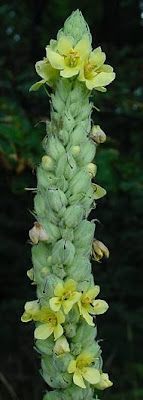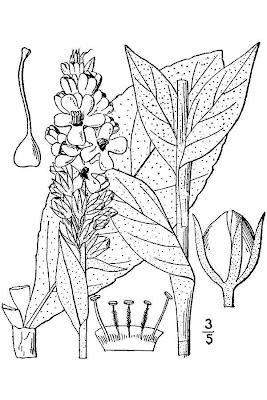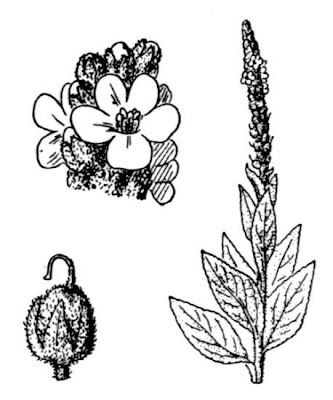COLOR FOR THOUGHT: REINTRODUCING NATURAL DYES
Natural Dyestuffs, 2009
“The only way to preserve tradition is to allow it to evolve.”
Yo Yo Ma, The Silk Road
Natural color is about process. Process is about performing “a series of mechanical or chemical operations in order to change or preserve” (Oxford American College Dictionary). When it comes to natural color, the processes of collecting, chopping, grinding, heating, extracting, cooling, and straining can be very involved and tedious. Whether extracting from natural bulk materials or utilizing already prepared natural dye extracts the mystery of alchemy persists when using natural dyes.
What is it that keeps natural dyers continually returning to the same dye pots and extracting from the same plants over and over, searching for new discoveries? There are three things: color, materials and stories. All of these are steeped in centuries and centuries of human history, revolving around culture and cloth.
There are many definitions of “natural”. I am not interested in arguing the finer points of what is and what is not natural. You must consider your own personal guidelines for a healthy life and decide if your community or country share those same guidelines. But, I am interested in the richness of the colors produced from a complex process of extraction that leaves the dyer in awe of beauty at the end of each dye pot. Why do natural colors proliferate despite the secrets being locked away or almost lost completely? There has certainly been a resurgence of natural colors in the market place and their use amongst artisans has increased. These dyes are being studied in many academic fields, including anthropology, chemistry, botany, horticulture, history, economics and textiles. There is a transformation that takes place, an alchemic reaction between dyestuff and dyer that keeps us coming back to these naturally beautiful substances.
Natural colors are derived from three elements: Plants, Insects, Minerals.
Energyscape Series #3332, 2009.
The following are some natural color for thought.
NATURAL COLORS CAN BE FOUND IN:
1. Leaves
2. Roots
3. Barks
4. Fruit Pods and Skins
5. Bulb Skins
6. Stems
7. Flowers
8. Insects
9. Mushrooms
10. Lichens
11. Mollusks
12. Earth
13. Minerals
QUESTIONS TO ASK BEFORE ATTEMPTING TO COLLECT DYE MATERIAL:
1. What is the identification of the material being collected?
2. What is the habitat of the natural material?
3. What are the growing habits of the natural material?
4. How is it classified? Is it a weed? Is it endangered?
5. Is it abundant? Is it scarce?
6. Is the natural material wild collected or is it cultivated?
7. Should you acquire permission to collect the material?
8. Is the collection process being performed in a sustainable manner?
9. Is the natural material native or exotic?
10. Is the source organic or has it been treated with agricultural chemicals?
11. Can you grow it in your garden?
12. Can you grow it and share it with other gardener friends?
IMPORTANT THINGS TO KNOW ABOUT NATURAL DYES:
1. They can be light fast.
2. They can be wash fast.
3. The colors can be reproduced.
4. They can be made into a dye bath or...
5. They can be painted.
WHY USE NATURAL DYES?
1. CHOICE: from the love of process and respect for ecology.
2. LIFE PHILOSOPHY: integrating natural color with other healthy lifestyle choices like food, activity and medicine.
3. STORIES: natural color tells stories about the grower to the harvester to the processor, the spinner, the dyer, the weaver, the artist.
4. PLACE: natural color relates to place and marks a sense of time.
5. SERENDIPITY: the process and the results are beneficial whether expected or not.
6. COMPLEX COLOR: there are a cast of colors from a single natural dye because there are multiple dye molecules. Hence, the absorption of light varies, illuminating a complex palette of color.
7. PRESERVATION: of process, knowledge, techniques and methods including agriculture, traditional land use, food, medicine.
8. BEAUTY: natural colors are exquisite!
9. AWARENESS: using natural colors promotes understanding of environment, available resources and preservation.
10. EXTENSIVE COLOR PALETTE: natural colors offer a complete range like that of a prism.
11. DIVERSITY: resources are abundant and versatile.
12. AGES WELL: natural colors often mellow or deepen with age but remain pleasing.
13. AROMATIC: while “brewing” many dyestuffs have an aromatic quality.
14. ALIVE: natural color resources are alive, the colors are alive and complicated.
15. DIALOG: natural colors encourage conversations that can relate to many topics such as politics, agriculture, art, craft, history: the exchange of knowledge.
16. RENEWABLE: if harvested and used responsibly natural color resources are sustainable.
17. SYMPHONY: process and product come together to form a beautiful whole.
Energyscape Series #1309, 2009.
Without light there is no color.























